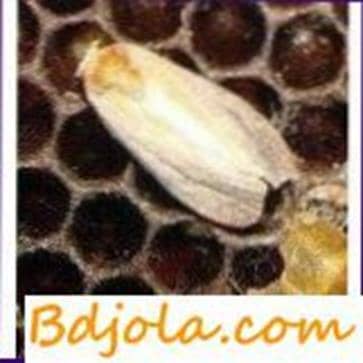
To not then fight the wax moth, it is necessary not to create conditions for its development. To a large extent, its appearance contributes to moisture and lack of ventilation.
At me frames at any time of year are stored in two sotohranilischah, which are in a well ventilated room. The length of each repository is 300 cm, height – two nests or four store frames. The frame is made of a fence covered with a fine mesh. Above the vaults are covered with tarpaulin, on which I put plywood sheets and old donja from hives.
After the main bribe I enclose them with tansy or wormwood, so as not to attract bees. In such repositories, frames can be kept for years. Vaults can be of any shape and any number of frames. The main thing is to ensure good ventilation, then you will not have any worries with a wax moth. You can take old cases and, replacing the bottom with a grid, install them on the shelves.
Good management of cellular economy is one of the conditions for building strong families to the main honey collector.
Пчеловодный инвентарь. Щавелевая кислота для пчел.
Storage of frames and fight with moths